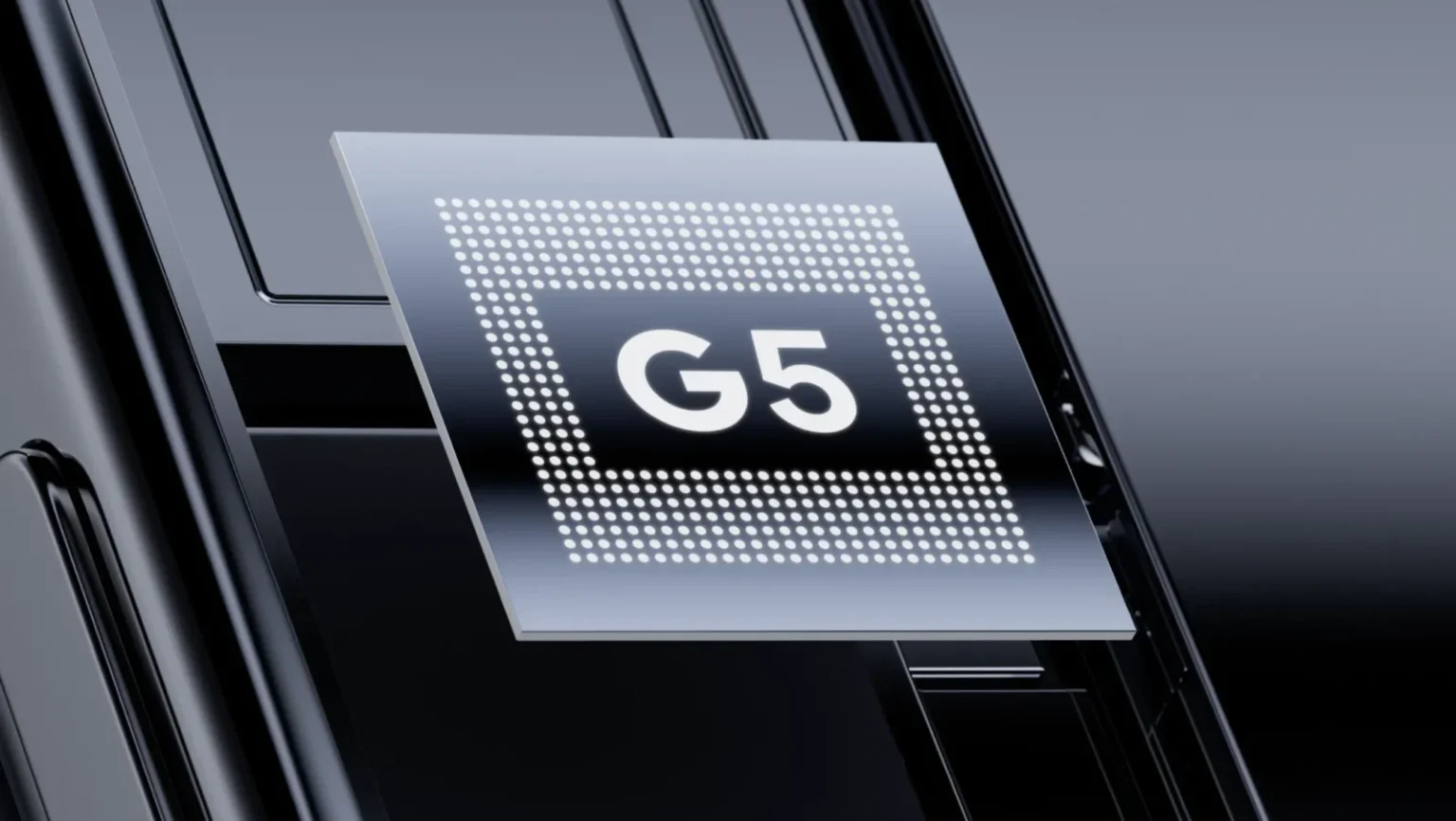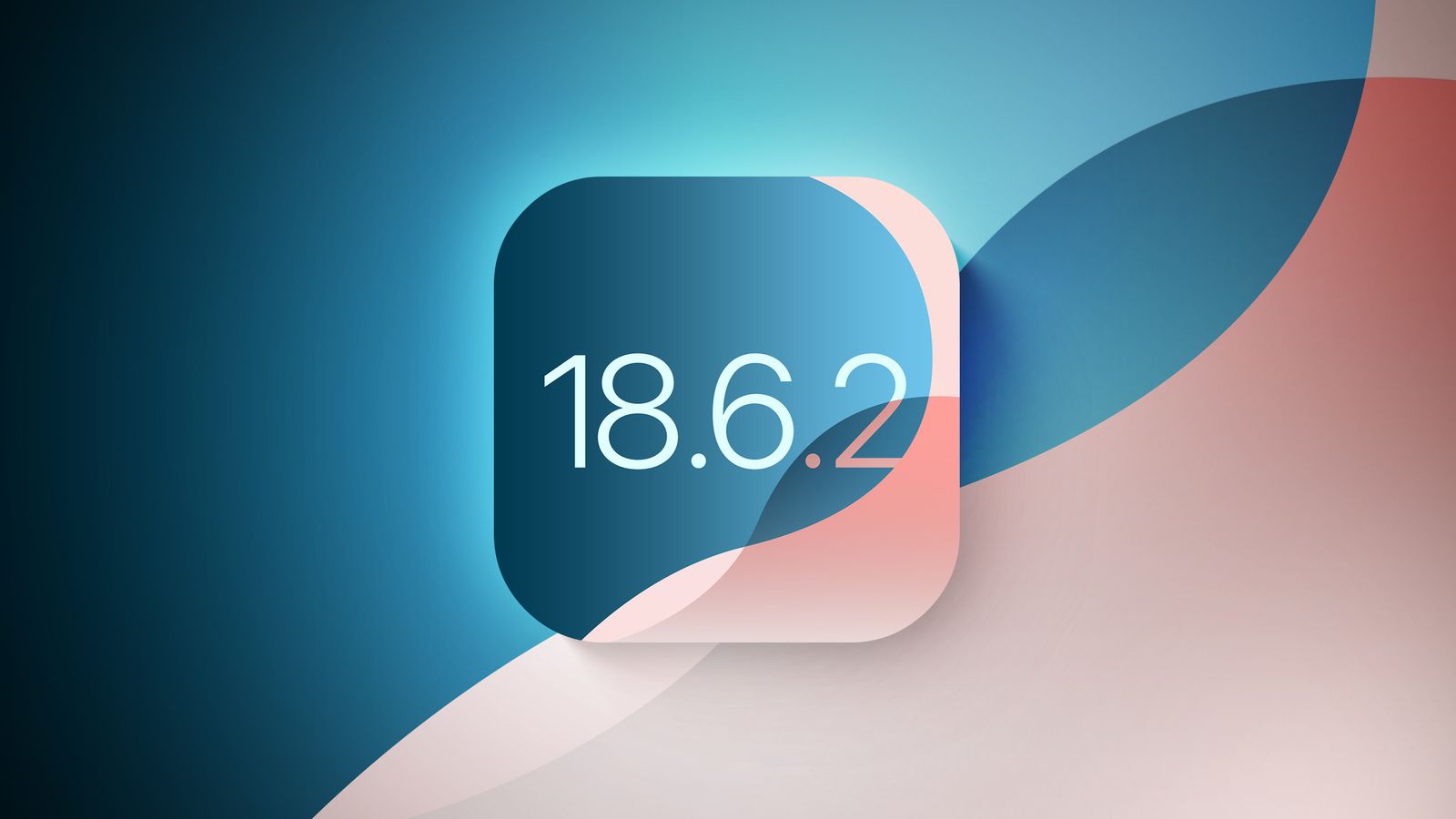The Pixel 10 series is the first to ship with Google’s Tensor G5, a processor that marks a major shift in the company’s silicon strategy. Unlike earlier Tensor chips manufactured by Samsung, the G5 is built on TSMC’s 3nm process, a move that could improve efficiency and thermal performance. Google claims CPU performance is 34% faster than last year’s chip, thanks in part to a redesigned core layout: one high-performance core, five mid cores, and two efficiency cores. This is a departure from the Tensor G4’s mix of one big, three mid, and four small cores, and it suggests stronger multi-core output. While this should help Pixel 10 phones feel more responsive, Google isn’t positioning the chip as a Snapdragon 8 Elite rival, and it remains quiet on GPU details. Early leaks point to an Imagination DXT-48-1536 GPU replacing Arm’s Mali designs, but without ray tracing support, gaming performance may lag behind Qualcomm and MediaTek counterparts.
Thermals have long been a weakness of Tensor-powered phones, and Google says it has improved hardware and software controls to reduce throttling under sustained load. The base Pixel 10 uses a graphite cooling solution, while Pro models employ vapor chambers, though Google hasn’t confirmed whether these are larger than last year’s. Battery claims have climbed to “30+ hours” across the lineup, partly due to slightly bigger cells but also tied to efficiency gains from the new chip. Connectivity is largely unchanged, as the Exynos Modem 5400 introduced with the Pixel 9 appears to return with some software refinements.
Where the Tensor G5 looks strongest is AI. Google says its TPU is up to 60% more powerful, with architectural tweaks enabling faster compute. The chip runs Gemini Nano 2.6x faster and 2x more efficiently than the Tensor G4, while expanding the token window from 12,000 to 32,000—enough to process the equivalent of 100 screenshots or a month of email. This powers over 20 new on-device features at launch, including real-time voice translations in a caller’s voice, Magic Cue, and the Pixel Journal app. For photography, the Tensor G5’s redesigned ISP integrates closely with its digital signal processor, enabling features like advanced segmentation in portraits, motion deblur in low light, and 10-bit HDR video capture at 1080p and 4K/30fps. Pro Res Zoom pushes up to 100x using AI-driven image enhancement, while C2PA credentials are now embedded directly into images for transparency on how they’re created or edited.
Still, major questions remain. Google’s refusal to detail GPU performance raises concerns about whether the Pixel 10 can keep up with gaming-heavy rivals, and the real-world benefits of the TSMC switch won’t be clear until independent testing confirms whether heat issues are finally solved. What is clear is that Google continues to prioritize AI-driven experiences and camera processing over raw horsepower. The Tensor G5 is less about topping benchmark charts and more about making Pixel-specific features run faster, smarter, and more reliably than before.






